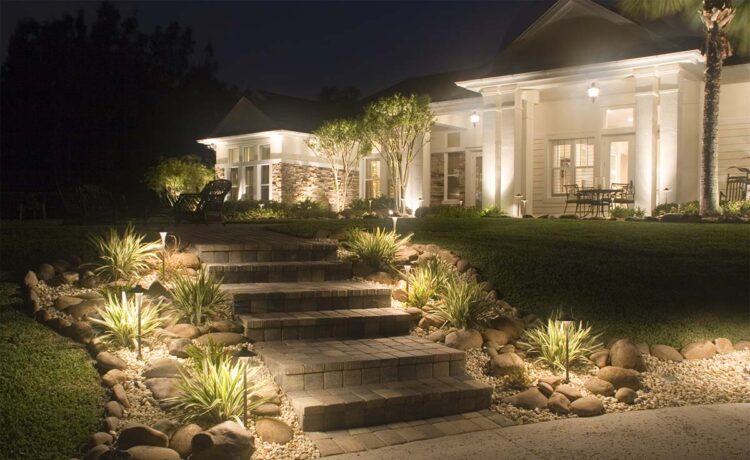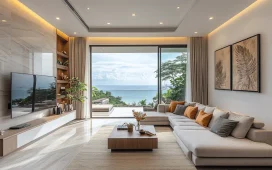Lighting is one of the most essential considerations for interior designers. Alongside the practical benefits it instills to a space, such as the illumination required to navigate and feel comfortable, it also affects the design and aesthetics of various rooms. There is the potential for a well-designed room to be undermined by poor lighting and, conversely, an unflattering room to feel elevated by curated lighting.
Our bodies also rely upon light to establish our daily routines and circadian rhythms, which is why lighting within a home is often associated with wellbeing and health too, especially quality of sleep. For this reason alone it is important that we consider the design of lighting within our living spaces, curating it to support our optimum wellbeing.
Establish The Source
Lighting within the home does not draw from a single source and it is important to recognise the different types of light and the effects they have upon a living space. A core distinction is natural light and artificial light, with both having various benefits. Natural light is temperamental and often limited, by both weather and property structure, however, it is a rich source of happiness, helping to uplift spirits and regulate our body clocks.
Artificial light is also varied but the differences are typically under the decision of homeowners. Ambient lights of warming glow can be chosen from spotlights of bright blue hues, for example. It is worth experimenting with these various types of bulbs and projections because some may discover that ambient lighting is actually detracting from a room’s design quality and that, instead, decorative lighting or accent lighting is preferential.
Understand The Room
Depending on the type of space you seek to illuminate, you will want to choose different styles. Kitchens, for example, require practical lighting, with spotlights helping to brighten areas of food preparation, whereas homeowners who buy log cabins will what to cultivate a more natural and relaxing atmosphere within their outdoor space and would better rely upon sunrooms, bi-fold doors, or large windows to maximise their sun exposure.
Support With Design
Once you have chosen your sources of light and understand how best to use them, it is important to then consider the other features of a space that will affect the light. Paint colours and furniture fabrics will change the impression light has upon a space. Natural light, for example, will partner well with bright and bold colour schemes but can also detract from darker walls and surfaces.
Additionally, lighting can be inhibited by furniture directly, with certain assets and embellishments limiting the amount of light within a space. As such, residents would do well to clear their windows of obstructions and ensure that large items of furniture are not blocking nearby sources of light.
Create With Light
Being familiar and confident with your home’s lighting set-up opens doors for you to begin creating with light. It can be used to enlarge or reshape a room, making it seem wider or taller, depending on your preference. Certain types of light can also make spaces feel cosier or warmer, which can be ideal for bedrooms and reading nooks.











